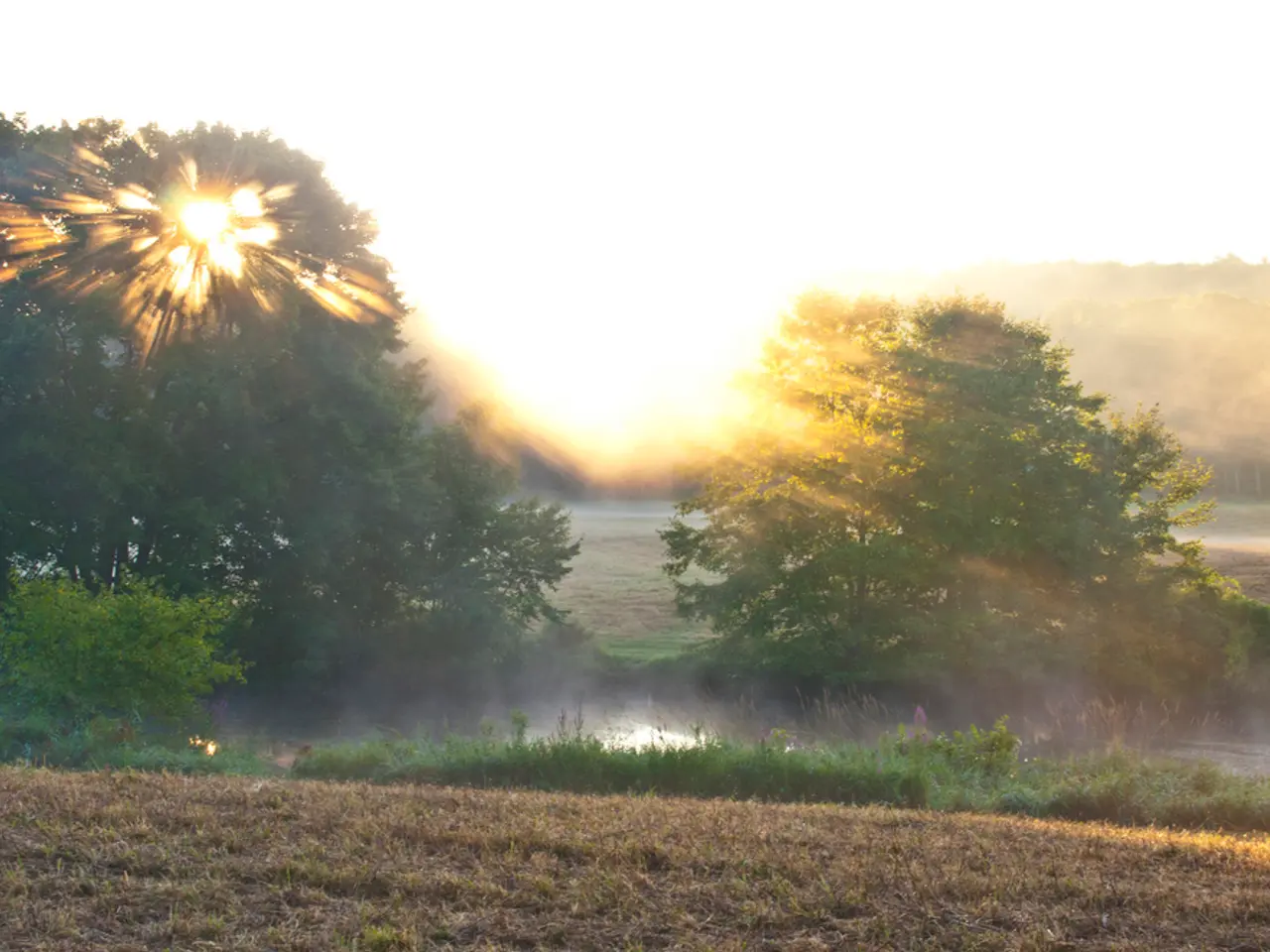Gardening guidance for vertical planting containers
Building a Raised Garden Bed: A Comprehensive Guide
Raised garden beds are a popular choice for gardeners who want to grow a variety of plants in a compact space. This guide will provide you with essential tips on creating and maintaining your own raised garden bed.
Location and Size
The location of your raised bed is crucial. Consider the sun exposure and potential rain shadows to ensure optimal growth for your plants. Aim for a maximum width of 1.5 meters to make it easy to reach the soil without stepping on it.
Materials
Raised beds can be constructed from various materials, including scaffolding boards, breeze blocks, sheet metal, gabions, and even untreated cedar, redwood, pine, or Douglas fir. For the longest lifespan, cedar is the best choice, offering a natural resistance to rot and insects. Redwood is also highly durable, though more expensive. Pine and Douglas fir are affordable alternatives, but they require sealing to protect from moisture for a longer life.
Depth and Drainage
The depth of your raised bed depends on the plants you're growing. For shrubs, perennials, and bulbs, a deeper bed is necessary. If your raised bed is on top of concrete or paving, ensure proper drainage by adding rubble, stones, or crocks at the base.
Soil and Compost
Soil-based mixes are more efficient at holding onto nutrients than lighter planting mediums. For plants with specific soil requirements, appropriate compost or additives like mushroom compost may be necessary. Mediterranean plants can be grown in raised beds filled with gritty compost, while acid-loving plants like blueberries and rhododendrons can be grown in ericaceous compost.
Maintenance
Over time, the compost in raised beds will compact, leading to a tall brim around the edge that can shade the plants within. Top it back up where possible. If using wood to make raised beds, line the sides and any buttresses with plastic to extend their life.
Fertilising
Consider long-term feeding with a slow-release fertiliser at the outset and top up with a liquid feed during the season if needed.
Watering
Raised beds can dry out more quickly than topsoil, requiring regular watering.
Safety Considerations
Avoid using treated railway sleepers as they can leach toxins into the soil and damage clothes. If cost is a concern, pine or Douglas fir are affordable alternatives, but they generally last fewer years unless sealed or lined to protect from moisture.
Table: Wood Types for Raised Garden Beds
| Wood Type | Longevity | Safety for Edibles | Cost | Notes | |--------------|----------------------|--------------------|--------------|----------------------------------| | Cedar | 15-20+ years | Safe | Mid to high | Naturally rot-resistant, durable | | Redwood | 20+ years | Safe | High | Very durable, rich tone | | Pine/Douglas Fir | Few years untreated | Safe if untreated | Low | Needs sealing for longer life | | Treated Wood | Not recommended | Unsafe | Varies | Toxic chemicals may leach |
In summary, choosing untreated cedar and optionally applying a natural, food-safe wood treatment offers an excellent balance of longevity, safety, and ease of maintenance for raised garden beds.
[1] Gardening Know How [2] The Spruce [3] Garden Myths [4] BBC Gardeners' World
Raised garden beds, a part of home-and-garden lifestyle, provide an ideal solution for space-conscious gardeners who enjoy gardening. Follow the guide to construct and manage your own raised garden bed, considering location, size, materials, depth, drainage, soil, compost, maintenance, fertilising, watering, and safety.




